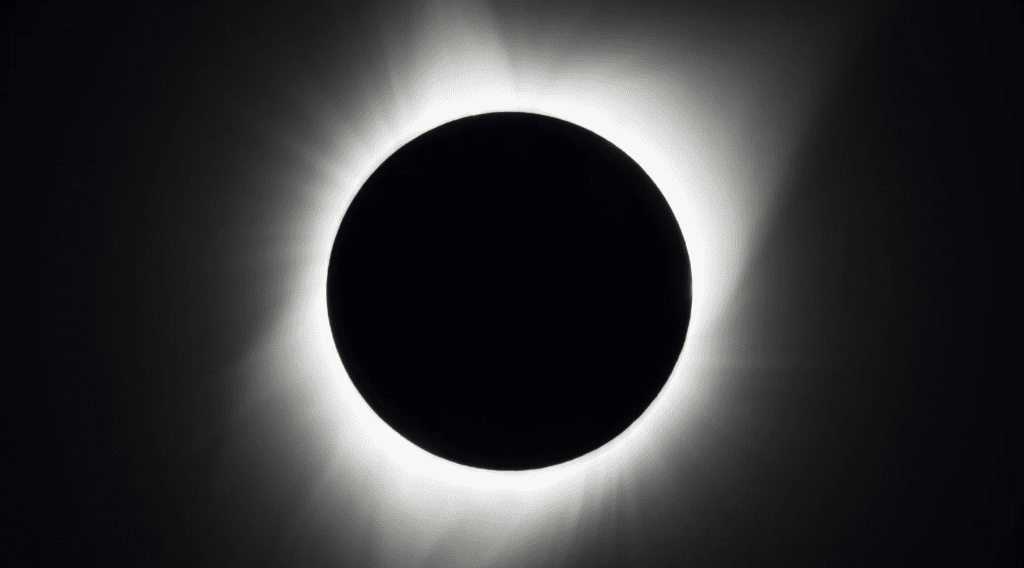
Mark your calendars for April 8, 2024, as North America prepares to witness a spectacular celestial event: a total solar eclipse. On this day, the Moon will pass between the Sun and Earth, casting a shadow over Mexico, the United States, and Canada. As the sky darkens and the Sun’s bright face is completely obscured, it’s crucial to prioritize safety when viewing this awe-inspiring phenomenon.
Understanding Total Solar Eclipses: A total solar eclipse occurs when the Moon aligns perfectly between the Sun and Earth, blocking the Sun’s bright face and casting a shadow on the Earth’s surface. During this rare event, the sky darkens as if it were dawn or dusk, and the Sun’s corona becomes visible to the naked eye.
Protecting Your Eyes: Safety is paramount when viewing a total solar eclipse. Looking directly at the Sun, even during a partial eclipse, can cause severe eye damage or blindness. It’s essential to use specialized eye protection designed for solar viewing, such as eclipse glasses or handheld solar viewers.
Choosing the Right Eye Protection: Eclipse glasses are not ordinary sunglasses; they are thousands of times darker and must comply with the ISO 12312-2 international standard. Always inspect your eclipse glasses before use and discard them if they are torn, scratched, or damaged. Remember to supervise children using solar viewers and never look at the Sun through a camera lens, telescope, or binoculars while wearing eclipse glasses.
Indirect Viewing Methods: If you don’t have eclipse glasses or a handheld solar viewer, you can use indirect viewing methods to safely observe the eclipse. One option is a pinhole projector, which projects an image of the Sun onto a nearby surface. Do not look directly at the Sun through the pinhole. Another option is to view the eclipse through cameras, binoculars, or telescopes equipped with proper solar filters.
Skin Safety: While protecting your eyes is crucial, don’t forget about your skin. Even during a partial eclipse, the Sun’s rays can be intense, increasing the risk of sunburn and skin damage. Remember to wear sunscreen, a hat, and protective clothing to shield your skin from harmful UV rays.
Safety Guidelines During the Eclipse:
- View the Sun through eclipse glasses or a handheld solar viewer during the partial eclipse phases before and after totality.
- Only look directly at the Sun without eye protection during the brief period of totality when the Moon completely obscures the Sun’s bright face.
- As soon as you see any part of the bright Sun reappear after totality, immediately put your eclipse glasses back on or use a handheld solar viewer to protect your eyes.
The 2024 solar eclipse promises to be a breathtaking spectacle, but it’s essential to prioritize safety when viewing this natural phenomenon. Whether you’re witnessing totality or observing the partial phases, remember to protect your eyes with specialized eye protection and your skin with sunscreen and protective clothing. By following these safety guidelines, you can safely enjoy the beauty of the solar eclipse and create lasting memories of this extraordinary event.
Remember, safety first, and happy eclipse watching!
